|
|
Post by kiwithrottlejockey on Apr 19, 2016 22:42:09 GMT 12
from Fairfax NZ....The legend of HMS New Zealand — the lucky shipLegend has it, two Maori artefacts protected HMS New Zealand during World War I.By RACHEL THOMAS | 5:00AM - Tuesday, 19 April 2016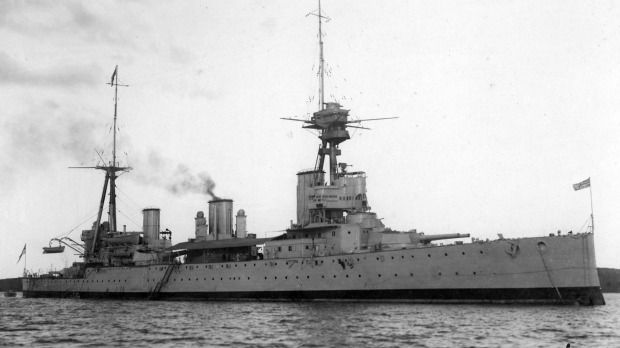 HMS New Zealand, the battle cruiser gifted to Britain by NZ. During a tour of New Zealand in 1913, HMS New Zealand, the battle cruiser gifted to Britain by NZ. During a tour of New Zealand in 1913,
a Maori chief gifted a heitiki and piupiu to the ship's captain. — Photo: Wayne Drought/NZPA._____________________________________________________________________________________________________________ On the last occasion that HMS New Zealand sighted enemy ships and went to action stations, a seaman was seen to climb a ladder to the bridge and take a
quick look around. “It's alright,” he called to his mates below, “he's got them on” – a shout assured them that the captain was wearing the piupiu and tiki.
— writings from Lieutenant Alexander David Boyle, a New Zealander who was aboard the HMS New Zealand. _____________________________________________________________________________________________________________ NEW ZEALAND's gift to the British Royal Navy during World War I, HMS New Zealand would become known as the lucky ship.
It went through three major battles between 1914 and 1918 and lost none of its crew.
Legend has it a sacred greenstone heitiki and a piupiu (flax skirt), gifted to the ship's captain, protected the vessel and its 800 crew through the war, including the brutal Battle of Jutland, the major clash between the British and German fleets.
Britain won the battle, but lost 14 ships and more than 6,000 crew, while the Germans lost nine ships and had more than 2,500 casualties.
Regardless of whether you believe the legend, there's no denying the ship defied the odds by making it through the battle unscathed, said Sarah Hunter, creative director for WWI Remembered: A Light and Sound Show 2016.
“The fact the ship came out of that — not just because it had a taonga on board that made it lucky — it was lucky.”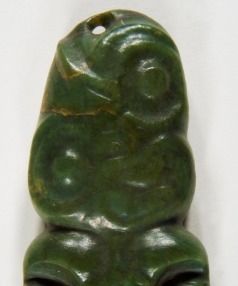 Part of the pounamu heitiki probably Part of the pounamu heitiki probably
worn by the captain of the HMS New
Zealand during World War I.
— Photo: Canterbury Museum.Pieces of the story of the HMS New Zealand will come to light this week as part of the show, which will see images from New Zealand's war effort projected onto the war memorial at Pukeahu National Park.
The gifts came from a Maori chief, but historians have been unable to confirm which tribe he came from, Hunter said.
“There's a lot of power with a tiki. It can mean life or death.”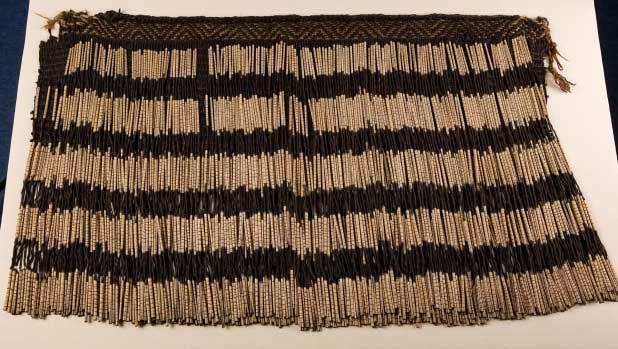 The piupiu gifted by a Maori chief to Captain Lional Halsey of HMS New Zealand during The piupiu gifted by a Maori chief to Captain Lional Halsey of HMS New Zealand during
World War I, which is thought to have helped keep the ship safe during battle.
— Photo: Royal New Zealand Navy Museum.Written evidence reveals the piupiu was passed to Captain Lionel Halsey by the Southern Maori MP, Taare Rakatauhake (also known as Charles Rere) Parata, on behalf of Ngai Tahu chief, Mana Himiona Te Ataotu in April 1913, while the ship was docked in Wellington.
Other anecdotal evidence, however, has suggested the piupiu came from a Te Arawa chief.
The ship was scrapped in 1922, due to new restrictions to naval fleets, and its guns and silver sent back to New Zealand.
The piupiu now lives at the New Zealand Royal Navy Museum in Auckland. The heitiki is preserved at Canterbury Museum.BY THE NUMBERS• Cost of the ship: £1,706,000.
• Crew: 800.
• Top speed: 26 knots (48km/h).
• Armament: eight 12-inch guns, 16 four-inch guns, three-inch anti-aircraft guns, two torpedo tubes, an aircraft.
• Length: 800m.WWI REMEMBERED: A LIGHT AND SOUND SHOW 2016• Where: Pukeahu National War Memorial Park, State Highway 1, Te Aro, Wellington.
• What: mixture of photos, graphics, animation and original artwork including work by artist Ngataiharuru Taepa that highlight New Zealand's contribution to the war in 1916-17.
• When: April 21st-24th, 7pm-10pm and April 25th, 6pm-10pm (15-minute loop).
• Admission: free.www.stuff.co.nz/national/last-post-first-light/79026066 |
|
|
|
Post by kiwithrottlejockey on Apr 19, 2016 22:49:10 GMT 12
I've got a few books about the Battle of Jutland (the centennial of that epic naval battle is at the end of next month) and all of those books tell the same story about how HMS New Zealand fired the greatest number of shells from its big guns out of any capital ship taking part in the battle, yet she came through the battle with ouly minor splinter damage and no casualties.
|
|
|
|
Post by nuuumannn on Apr 20, 2016 12:42:21 GMT 12
Looks interesting, would like to see the exhibition. Thanks for the heads-up.
What the books and the legend behind the ship don't usually say about New Zealand is that although the ship had an impressive rate of fire and a large number of rounds were expended, she was also the most inaccurate firing ship of the fleet, with only four hits on enemy vessels during Jutland, probably the German battlecruiser Von der Tann. In fairness however, Beatty's battlecruiser squadrons were regarded as the Cinderella fleet by the rest of the Grand Fleet and rarely carried out gunnery practise. With the BC squadrons based at Rosyth, just across the Forth from Edinburgh and the Grand Fleet based at Scapa Flow, in the utterly desolate Orkneys, there was a bit of jealousy. Nevertheless, the BC units didn't put to sea for combat exercises as often, which incensed Jellicoe.
NZ did take part in the destruction of two ships during its career; she fired the torpedo that blew up the hapless German light cruiser Coln, which had already been pounded by British capital ships, on 28 August 1914 during the battle of Heligoland, and she was one of the ships that sank the German armoured cruiser Blucher at the battle of Dogger Bank on 24 January 1915.
NZ didn't emerge from Jutland entirely unscathed; in fact she had a rather lucky escape - X turret was put out of action by an 11" shell, but the turret was out for only a short time despite chunks of armour plating being blown away from its side. NZ was extremely fortunate to have not suffered the same fate as her sister Indefatigable and the other battlecruisers Queen Mary and Invincible during the battle - there's that good luck thing again.
|
|
|
|
Post by kiwithrottlejockey on Apr 20, 2016 17:47:35 GMT 12
I was aware of HMS New Zealand's poor record at hitting targets during the Battle of Jutland.
One of the books I've got is “Jutland: An Analysis of the Fighting” by John Campbell. I purchased it way back around the turn of the century when it was published, but never got around to reading it until a couple of years ago. It is a brutally-clinical account of the battle, describing it shell by shell in a way in which it is almost as if it was the ships fighting each other without any humans being involved. Humans do get a mention, but it is more of a by-the-by method of describing humans, such as the minor fact of how many casualties from each hit, but without giving humans any further thought. As I posted, it is brutally-clinical, but there was obviously a huge amount of research went into that book. It is not an easy read, but I suspect it isn't intended to be.
I've got a few other books about Jutland which deal with the human side of the battle.
Jutland has always fascinated me....it was the ultimate big-gun battle and most of it was at point-blank range.
Also, the last living WWI serviceman was a Jutland veteran.
|
|
|
|
Post by Peter Lewis on Apr 20, 2016 18:37:40 GMT 12
I recollect reading that 'we' bought the ship on the never-never, and were paying it off.
Apparently there was still money owed at the time she was scrapped, and the last payment was eventually made ten years or so later.
|
|
|
|
Post by harrysone on Apr 20, 2016 18:45:30 GMT 12
for all of her size & firepower, she had a very thin hide! only 6" plating on her waterline and turrets. The fundamentally flawed concept of the Battlecruiser. I guess though it made her cheaper to build and easier to pay back (less materlals used in construction!)
|
|
|
|
Post by ErrolC on Apr 20, 2016 19:43:21 GMT 12
The main point of less armour was to enable higher speeds (than battleships). The Germans used more armour but less fire-power.
Sent from my E6653 using proboards
|
|
|
|
Post by nuuumannn on Apr 21, 2016 0:15:41 GMT 12
You and me both; there's something morbidly fascinating about these enormous engines of steel blasting the crap out of each other , although the ranges were a little greater than point blank; I guess it might feel that way, but average ranges were around 8 (7,300 m approx.) and 20,000 yards (18,200 m approx.), Nevertheless, great stuff.
Not only that, but the Indefatigables were virtually repeats of the Invincibles; the first class of battlecruiser, so they inherited all the earlier classes faults; the armament layout for example; firing an eight gun broadside was impossible without suffering damage to the ship's own superstructure. For some bizarre reason the Indefatigables were promoted by Adm Jackie Fisher, the originator of the battlecruiser concept as possessing greater capability and firepower than they actually had for purposes of propaganda - the fact was they were unpopular ships within the navy owing to numerous design faults. They were also slower than the more advanced battlecruisers that appeared before the outbreak of war, the 'Splendid Cats' as they were named, HMS Tiger, Lion and Princess Royal. Interestingly enough, I've read that it was one of these advanced designs that the Dominion was pushing for at one stage, although the original request was for a battleship. Mind you, the battlecruisers came into their own in scenarios and theatres like the Pacific (where HMAS Australia, NZ's sister, was the most powerful warship by a long shot, that is until the Japanese got battlecruisers of their own) or the South Atlantic when Invincible and Inflexible were sent down to the Falkland Islands to intercept von Spee's fleet; the 9-in gun armed armoured cruisers Scharnhorst and Gneisenau were no match for 12-in gun armed battlecruisers, thus giving Fisher a shot in the arm for his misguided concept.
|
|
|
|
Post by davidd on Apr 21, 2016 8:47:46 GMT 12
I had absolutely NO IDEA that HMS New Zealand was so HUUUUUUUUGE - check out the specification in the first post. A bit of metric/Imperial confusion.
David D
|
|
|
|
Post by harrysone on Apr 21, 2016 11:50:03 GMT 12
I read someplace that the Indefatigables were the cheapest 'bang-for-buck' RN capital ships built pre-WW1 btw thaey were only 179m or 590ft  |
|
|
|
Post by errolmartyn on Apr 21, 2016 13:06:24 GMT 12
I read someplace that the Indefatigables were the cheapest 'bang-for-buck' RN capital ships built pre-WW1 btw thaey were only 179m or 590ft  Well Indefatigable certainly went out with a big bang at Jutland! Errol |
|
|
|
Post by harrysone on Apr 21, 2016 19:16:44 GMT 12
|
|
|
|
Post by nuuumannn on Apr 22, 2016 14:34:53 GMT 12
Yes, indeed. Nice images. It's a shame that not one British battleship or battlecruiser survived. If any, the Warspite would have made arguably the most suitable candidate. The two guns outside Auckland Museum are from HMS NZ, formerly at Godley head. 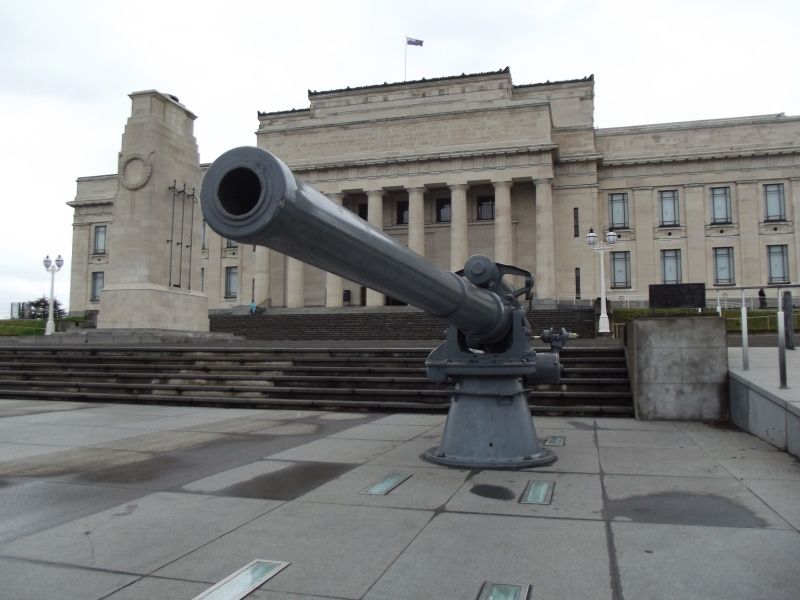  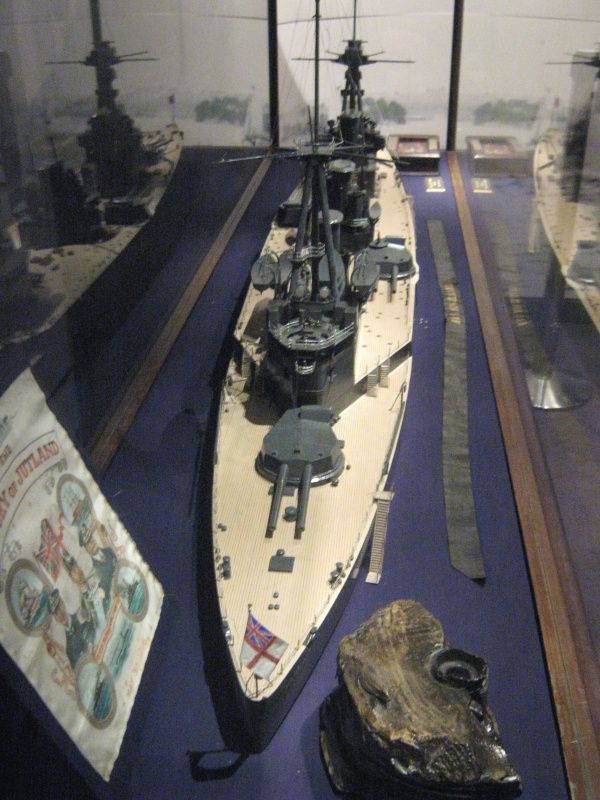 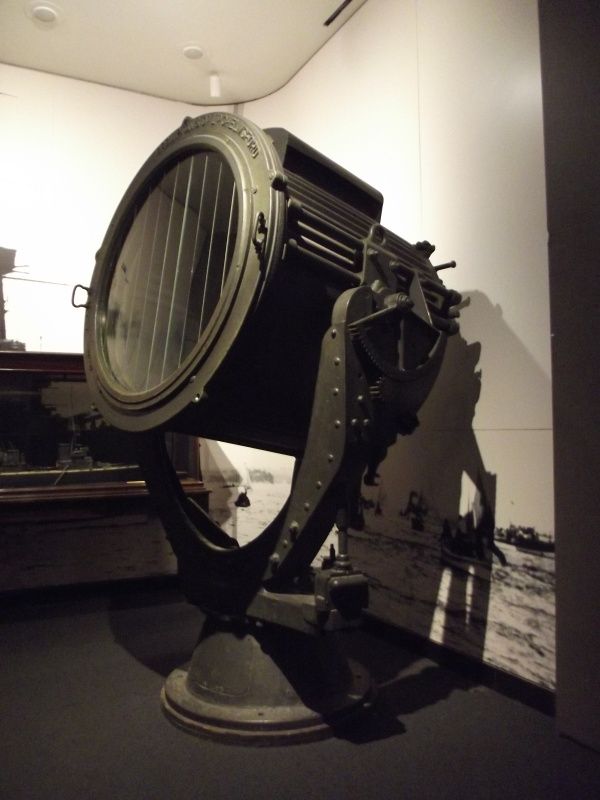 |
|
|
|
Post by harrysone on Apr 22, 2016 16:25:33 GMT 12
|
|












